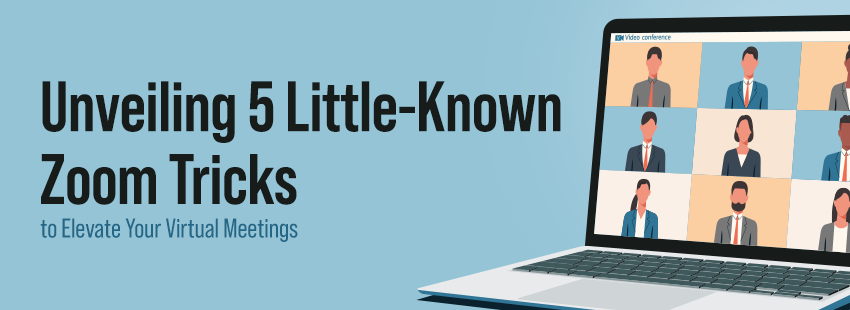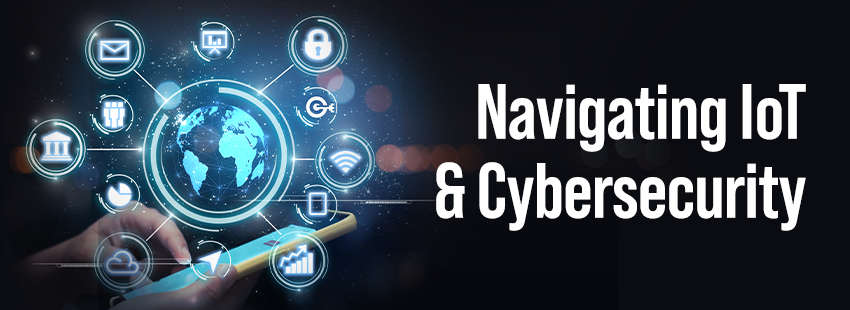3 Ways SMBs Can Reduce Zoom Fatigue
More and more business in today’s virtual world is happening over Zoom. While that opens up many benefits for remote work, it also introduces the new phenomenon of “Zoom fatigue” to the millions of daily users.
Zoom fatigue refers to tiredness, difficulty concentrating, and burnout from sitting in front of a computer screen all day on meeting after meeting on virtual communication platforms. While sitting in front of a computer isn’t new, many employees are doing it for significantly more hours than ever before with little to no breaks. Women, in particular, seem to be affected by this real phenomenon.
Scientists studying the issue said that, in addition to the sheer amount of time spent on Zoom, additional factors like audio delay, lack of in-person interactions, lack of direct eye contact, loss of body language interaction, and the ability to see yourself while talking leads to fatigue. In short, your brain has to work harder to compensate and contributed to these negative consequences.
As work from home looks to become a permanent trend for many companies, they will need to figure out tactics to help employees deal with the potential negative consequences, like Zoom fatigue.
Here are a few ideas on how to do that:
Implement Zoom-free days — Many businesses are deciding to implement “Zoom-free Fridays” (or something similar) where employees continue their calls as usual but agree to turn all videos off. These audio-only calls give them a break from the screens that may be causing these adverse effects.
Create breaks for long meetings — While long meetings can be great for strategic planning or other business tasks, they can be particularly taxing in a virtual world. Business leaders can help by building in breaks to these meetings and encouraging employees to step away from their screens to recharge.
Recreate the water cooler — One of the most significant benefits of an office environment is the organic conversation between cubicles or the water cooler. Business leaders can help replicate this virtually with casual brainstorming meetings, non-work-related conversation hours, and other methods. By creating more human connections, employees can potentially overcome virtual barriers.
As businesses explore what work looks like in the months and years to come, it will be essential to figure out how to ensure that employees get the best support possible to ensure their mental health remains strong.
Otherwise, the virtual world will bring more negative side effects than positive ones.





